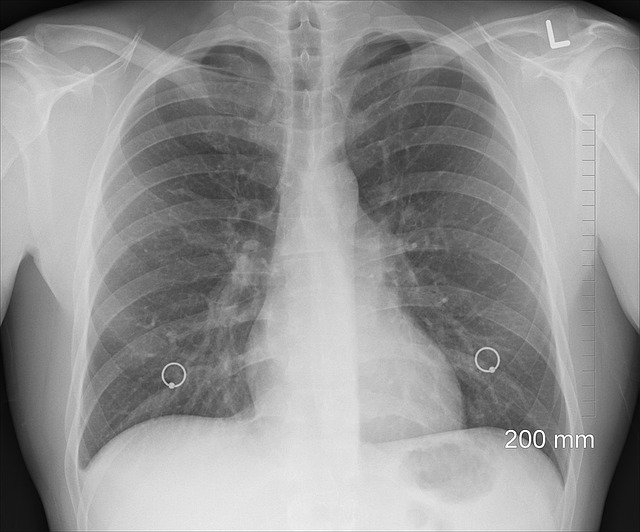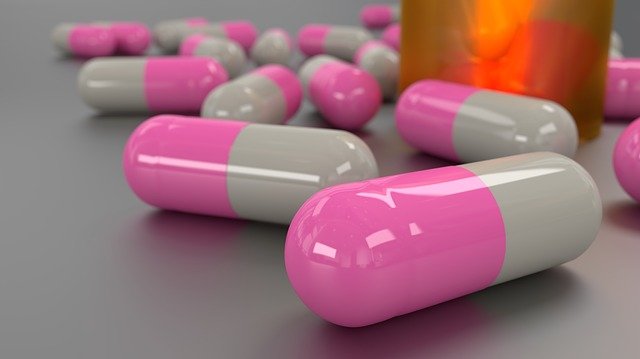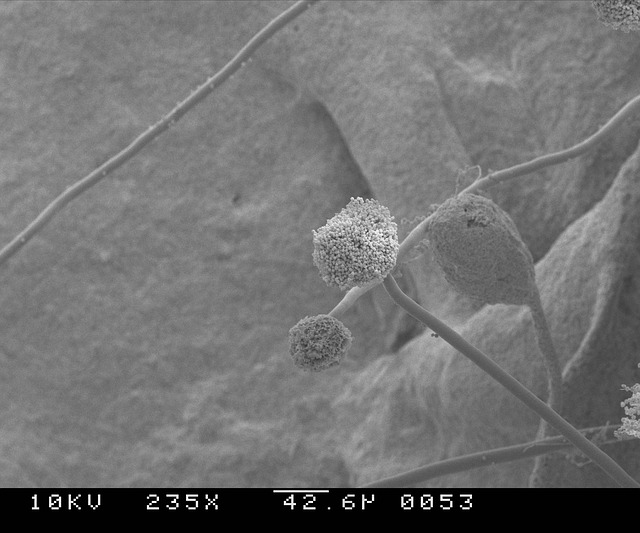Podcast: Play in new window | Download (Duration: 13:01 — 18.4MB) | Embed
On this episode of the Real Life Pharmacology Podcast, I cover ziprasidone pharmacology.
Ziprasidone has dopamine blocking activity and is classified as a second generation antipsychotic.
Ziprasidone tends to have lower metabolic syndrome risks compared to other antipsychotics like clozapine and olanzapine.
QTc prolongation is a significant risk with ziprasidone and be aware of drug interactions and electrolyte imbalances that may increase this risk.
I discuss important drug interactions on the podcast, be sure to check out my latest project which is a 200+ page book on managing drug interactions in primary care.
Be sure to check out our free Top 200 study guide – a 31 page PDF that is yours for FREE!










